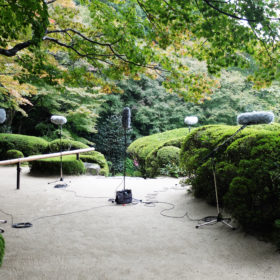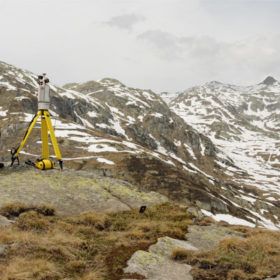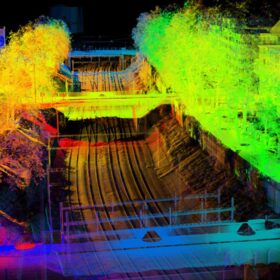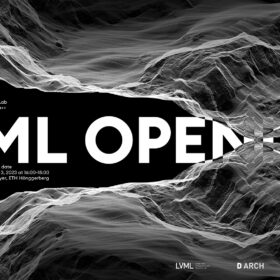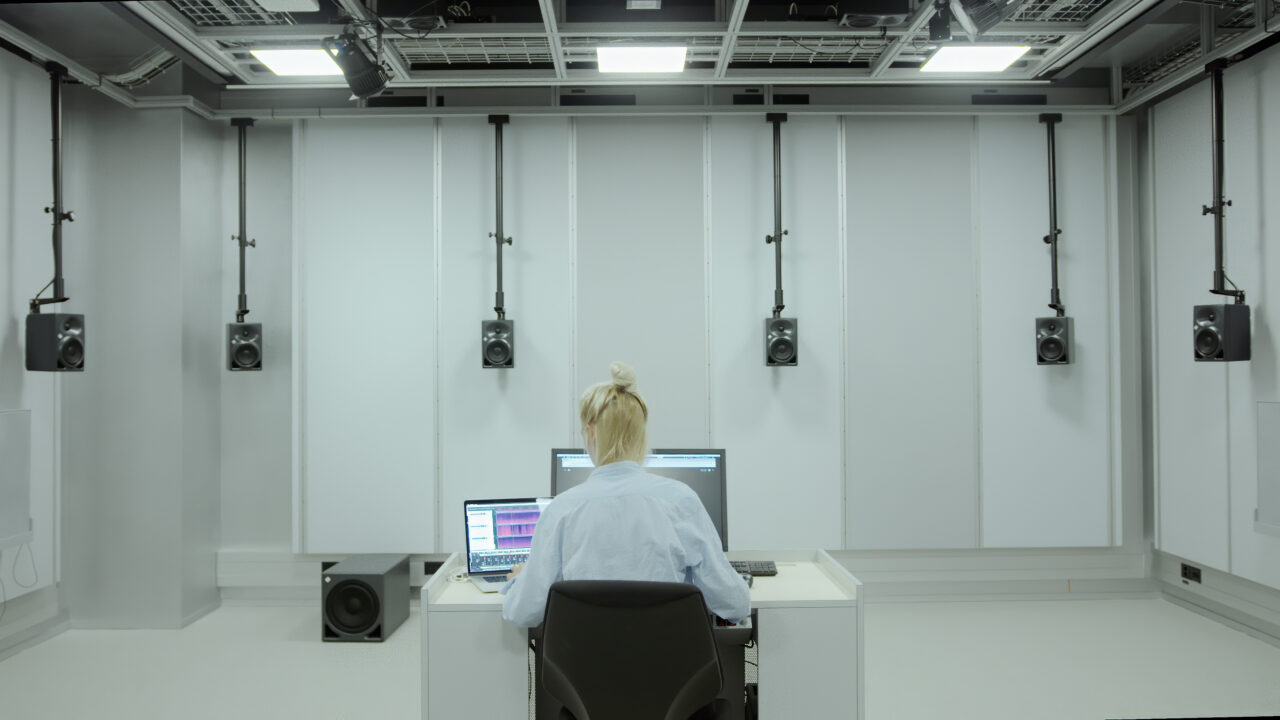
The acoustic quality of outdoor spaces is receiving increasing attention in planning and design disciplines. Yet, it is very difficult for non-experts in acoustics to include the effects of landscape changes on the so-called soundscape in their daily work. In the Innovedum project «Unity App for Soundscape Design and Evaluation», we are developing a tool to help students build basic skills.
The soundscape is the acoustic environment of a place as perceived by humans in context (Schulte-Fortkamp and Fiebig, 2023). It consists of many individual sound events that interact with each other and a landscape’s physical morphology, and they are processed through human perception and interaction, with spatial components playing an important role. Understanding the behaviour of the soundscape and simulating it is, thus, a very complex endeavour. Our aim is therefore to develop a tool («Unity App for Soundscape Design and Evaluation») using the Unity game engine together with a 3D audio workstation that will help students
- develop an awareness of soundscape phenomena and the related theoretical principles,
- become familiar with integrating environmental sounds into a virtual 3D model, and
- analyse and evaluate audiovisual landscape qualities.
Focus on Auditory Perception and Ease of Use
To focus the development of the tool, interviews were conducted with practitioners and academics in the fields of acoustics, noise protection, auralization, and soundscape design. The results revealed user requirements and specific goals or application situations for soundscape simulation. Overall, for the tool’s intended purpose, the experts rated the psychoacoustic perception of a simulated soundscape as realistic higher than the physical accuracy of the simulation. These results therefore called for a simplified auralization model with simulations focusing on relevant key aspects of soundscape perception, a library of sound prefabs that can be completed over time, and a low-complexity user interface.
On this basis, with the help of spatial audio expert Manuel Poletti, we prototyped a mixing tool using Panoramix, which is controlled by a Unity interface through Open Sound Control (OSC) messages. This mixing tool spatializes sounds of different sources (cars, trains, birds) with different formats (mono, stereo, ambisonics files) into a coherent auditory scene, allows the creation of basic acoustic outdoor room ambiences and simulates occlusion effects, e.g., of buildings. Our goal for the next step is to iteratively test the Unity app in an educational context. We will therefore further develop the prototype for specific theory inputs and exercises in two master’s level courses, «GIS-based 3D Landscape Visualization» (D-BAUG, 103-0318-02L) and «Landscape Acoustics» (D-ARCH, 061-0118-00L). The evaluation results from this implementation phase will serve to further improve the Unity-based tool. This tool and its documentation will be made available open access, published also on the NSL website.
Research Team
Dr. Ulrike Wissen Hayek has been Senior Researcher and Lecturer at PLUS – Planning of Landscape and Urban Systems, D-BAUG, ETH Zürich, since 2008. She is an expert in developing and implementing GIS-based 3D landscape visualizations and directing the Large-scale Virtualization and Modeling Lab (LVML).
Dr. Nadine Schütz is a sound architect, working on landscape architectural and artistic projects. At ETH Zurich she has established over the years a new research and teaching focus on landscape acoustics, the sonic quality of our outdoor environments. In 2016 she designed and installed the AudioVisual Room of the LVML as part of this endeavour.
Fabian Gutscher is a sound designer with a background in music and media art and transdisciplinarity. He focuses on the creation of state-of-the-art 3D simulations and auralizations and develops methods to promote the understanding of large-scale acoustic environments. At PLUS, he has been maintaining the AudioVisual Room of the LVML since 2021.
Manuel Poletti is a sound artist and composer, computer music designer at IRCAM and consultant at Cycling’74. He collaborates regularly with many leading contemporary artists with whom he creates elaborate sound systems and content in the fields of stage, art, design and architecture.
Daniel Borges Gonçalves is working as programmer in educational technology at the Media & Methods Lab of the Unit for Teaching and Learning (UTL), ETH Zürich. He is an XR Specialist and Game Developer with expertise in virtual and augmented reality technologies.
Dr. Julia Chatain is Senior Scientist at the Singapore-ETH Centre, building the Future Embodied Learning Technologies (FELT) programme, and interested in math education, HCI, XR, AI, and embodiment.
Dr. Jeanine Reutemann has a background in audiovisual media, education & media sciences, and leads the Media & Methods Lab Team of the Unit for Teaching and Learning (UTL), ETH Zürich. One of her major activities is to produce audiovisual media in co-design with lecturers and researchers from different disciplines at ETH.
